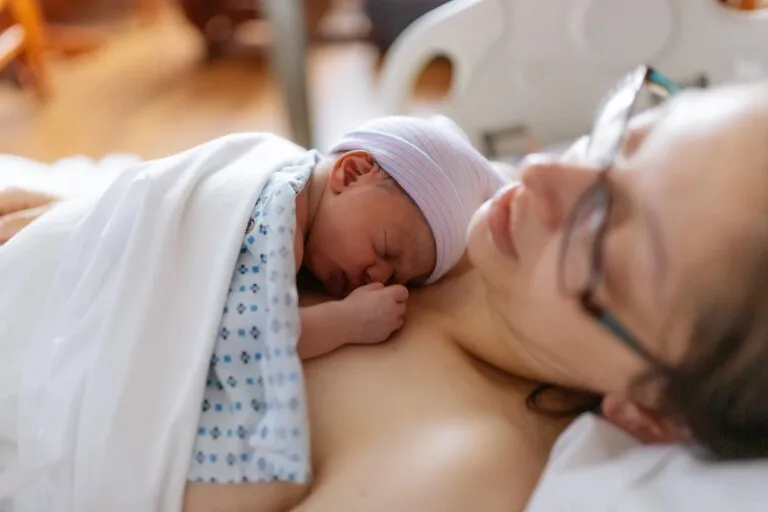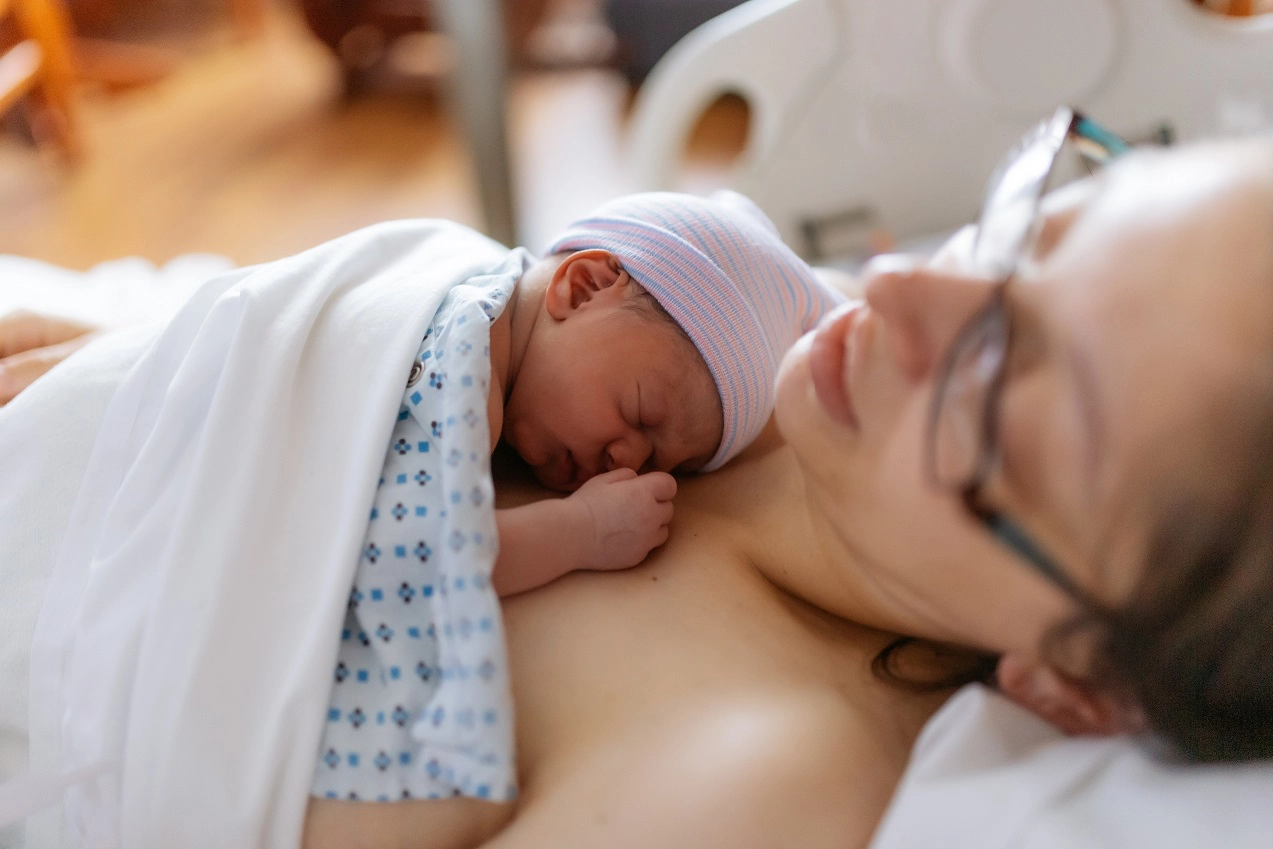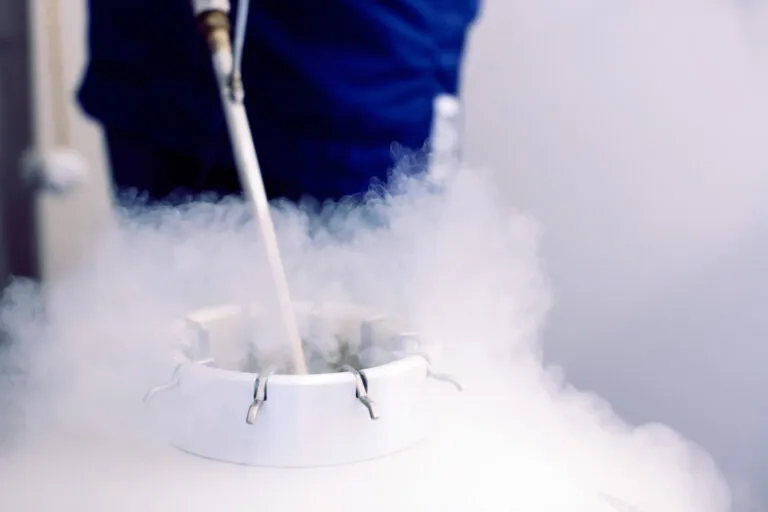After an operation such as a caesarean section, a scar remains on the skin, but not only that. It is also located in the uterus. Find out how to care for the scar after a caesarean section and how long you should wait before getting pregnant again.
How do you care for a caesarean section scar?
The caesarean section scar is usually about two fingers wide above the pubic symphysis. Its size depends on the doctor performing the operation and the indications for the procedure. With an estimated high foetal weight, these scars are often larger than with a caesarean section performed for other reasons.
In the first few days after the caesarean section, the wound should be ventilated as much as possible. It should be washed with soap and water. The use of special disinfectants is not necessary. However, it is important that disposable towels are used to dry the wound and that the pad does not touch the wound area. This reduces the risk of contamination of the wound with bacteria. In the case of non-dissolvable stitches, these are usually removed around 7-10 days after the operation.
Scar after caesarean section – the role of the urogynaecological physiotherapist
Women who have had a caesarean section often report a lack of sensation in the wound area, but also a pulling sensation in this area or a thickening of the skin, for example. For this reason, more and more attention is being paid in maternity wards to recommending a urogynaecological physiotherapist to women after the birth. In addition to working with the pelvic floor muscles, her tasks also include the care and mobilisation of the scar after the birth. It is best to see a physiotherapist after the birth when the scar has healed.
Scarring after caesarean section
In women who have had a caesarean section, in addition to the scar visible on the skin, there is also a scar on the uterine muscle. For this reason, it is necessary to wait a reasonable amount of time before another pregnancy occurs. Experts state that ideally at least 18 months should pass between births. If the interval is too short, there is a risk of uterine rupture in the scar in the worst case. If less than 12 months have passed since the last delivery, it is advisable to consider another caesarean section instead of attempting a vaginal birth.
In women who have had a caesarean section, the doctor can assess the thickness of the scar after the caesarean section and its possible loss (isthmocele) during the ultrasound examination. It is recommended that the scar examination is carried out before the woman becomes pregnant again, as measurements taken during pregnancy can give an incorrect result. The thickness of the incision scar before pregnancy can be used to decide whether another caesarean section should be performed to prevent the uterine rupture mentioned above.
Read more about planning another pregnancy after a caesarean section here.











